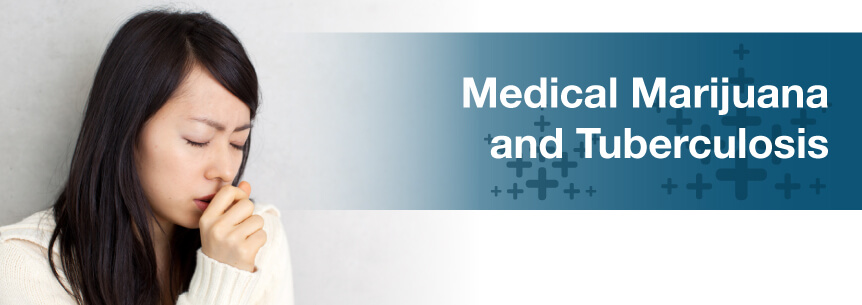
Tuberculosis, often referred to as TB, is a disease caused by the Mycobacterium tuberculosis bacteria. The disease usually attacks the lungs, though it may damage other areas of the body as well. While tuberculosis is curable and preventable, it remains one of the top 10 causes of death around the world, according to the World Health Organization (WHO).
Documented use of cannabis for tuberculosis dates back to historical times. Modern research continues to evaluate marijuana for tuberculosis for its potential therapeutic and treatment values.
In 1955, a Czechoslovakian tuberculosis nutrition study stated hemp seed cured tuberculosis.
After studying hemp seed for more than 30 years, researchers found a diet high in protein could treat TB successfully. Hemp seed has the edestin protein, which you can easily digest and is similar to human globulin, according to researchers. Therefore, researchers concluded hemp seed was the best protein to treat tuberculosis.
Find A Doctor Find A Dispensary
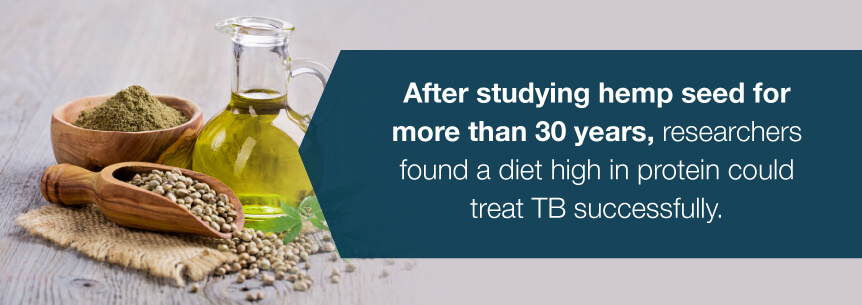
Another study in the 1960s found marijuana resin inhibited TB bacteria growth and other pathogens successfully. Researchers didn’t know much about cannabinoids back then, but they did find CBD’s antimicrobial characteristics to be a particularly helpful and effective medical marijuana for tuberculosis treatment.
The American Society of Pharmacognosy and the American Chemical Society conducted a study finding medical weed highly effective in fighting methicillin-resistant Staphylococcus aureus (MRSA) and other deadly treatment-resistant bacteria.
The study showed the five main cannabinoids in marijuana had potent antibacterial activity. These cannabinoids are:
These cannabinoids were not only successful at combating MRSA and a range of other dangerous bacteria, but also the treatment-resistant Mycobacterium tuberculosis.
Cannabis and tuberculosis treatment can be effective for a whole host of TB symptoms, including:
More people with TB are opting for medical cannabis for tuberculosis.
In different areas around the world, people have been using marijuana and tuberculosis treatments since historical times. These days, in many cultures, people consider cannabis folk medicine for treating tuberculosis and other disorders. Below are five marijuana strains for tuberculosis you can try to effectively relieve your TB symptoms.
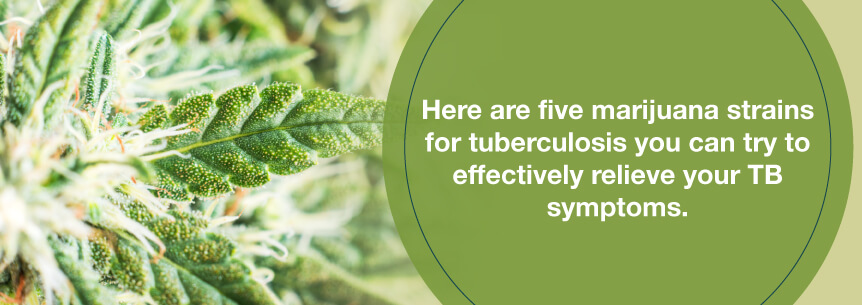
Marijuana for tuberculosis treatment isn’t limited to smoking only. In fact, many fans of the herb incorporate cannabis into edibles like brownies, candies and cookies — an ingenious method, since cannabis produces the “munchies” and can help those struggling with weight loss and lack of appetite.
Some popular methods of taking marijuana include:
Tea
With this cannabis for tuberculosis treatment method, you steep weed buds, leaves and stems in boiling water for around 30 minutes to make tea.
Smoking
Despite some trials that claim smoking cannabis isn’t as unhealthy as cigarettes, most researchers say cannabis contains carcinogens and toxins that may increase your risk for cancer and respiratory diseases and damage your lungs. Because of this, you may wish to try the other, healthier methods of delivery.
Vaporizers
Vaporizers gently heat the cannabis at the low temperatures needed for releasing marijuana’s active medicinal elements. They have fewer damaging byproducts, making vaporizers the most recommended delivery method.
Tinctures and Tonics
Tonics and tinctures are liquid forms of medical pot you apply to your skin, add to food or consume orally by itself.
Edibles
Edibles produce a “body high” instead of the typical “head high.” Patients claim edibles produce a deeper or heavier feeling to tackle their chronic body pain. However, it can be easy to consume too much cannabis with this method if you’re not careful, since you can’t see the amount you’re taking. Edibles are also slower to kick in, which can trick you into thinking you need more to achieve the desired effects.
Topicals
All of these contain cannabis oils. Topicals are also antibacterial.
Wax and Hash
Manufacturers compress cannabis flower resin into small blocks you can eat, smoke or add to edibles or tea. Wax and hash are potent forms of marijuana, often providing quick pain relief in mere minutes.
You’ll receive significant benefits, such as gaining access to a vast list of dispensaries, by obtaining a doctor’s recommendation for medical marijuana. If you live in a state where medical cannabis is legal, and you’re wondering what your next step is to become a qualified medical marijuana patient, look no further than Marijuana Doctors. Here, you can search for a cannabis dispensary or connect with a medical marijuana doctor.
Find A Doctor Find A Dispensary
Tuberculosis is a bacterial disease primarily affecting the lungs of people who become ill with it. It has airborne properties and typically spreads when people who have active tuberculosis infections cough, sneeze or spit, and another person inhales the expelled germs.
Experts at the WHO report nearly one-quarter of the world’s population is carrying latent TB, but are not symptomatic. These people cannot transmit the disease until or unless they do become ill and exhibit tuberculosis symptoms.
While anyone infected with TB may fall ill with the disease, there are some who have greater odds of falling ill, including people who:
Babies and small children have a higher risk when exposed to tuberculosis because their immune systems haven’t developed fully. Other people who may have a more significant vulnerability to the condition include patients who are taking medications to suppress their immune systems, like organ donation patients and those who have cancer and are receiving chemotherapy treatments.
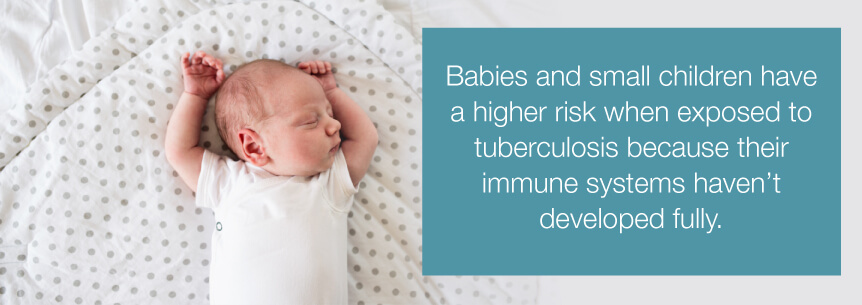
Tuberculosis is more common in some areas of the world than others, with the following seven countries accounting for roughly 64 percent of tuberculosis cases worldwide:
Many Americans believe, mistakenly, tuberculosis has been all but wiped out here. That isn’t the case. It’s more common in the U.S. among people who frequently travel to countries with higher TB rates, or were born in countries where the disease is more prevalent.
Symptoms of tuberculosis are very consistent for patients with infected lungs. They include a variety of things, such as:
People who have latent TB will not experience these, or any, symptoms and do not spread the disease to others.
There are two primary types of tuberculosis: active TB and latent TB.
However, there are exceptions to traditional types of TB: extrapulmonary TB and military TB.
Fast diagnosis and treatment of tuberculosis are essential for reducing the effects of the disease on patients and preventing the spread of TB to other people you may interact with routinely.
Physically, the symptoms of TB take a toll on the body. The symptoms described above alone can make it difficult to work while living with TB. Combine that with the highly contagious nature of the disease, and work is out of the question for people living with TB until they no longer have symptoms.
Psychologically and emotionally, the disease takes an even more prominent toll on many patients, making them feel as though they are not only isolated, but also stigmatized within their communities for having the disease to begin with.
Some people feel as though they have lost family and friends because of the disease. The longer it takes to recover from tuberculosis, the more pervasive these negative thoughts and feelings become. Individuals living with tuberculosis may experience anxiety, problems sleeping and even depressive thoughts.
Worldwide, the statics for tuberculosis are rather grim. In the U.S., the outlook is much better, with abundant access to treatment and early diagnosis reducing the transmission speeds and rates of the disease.
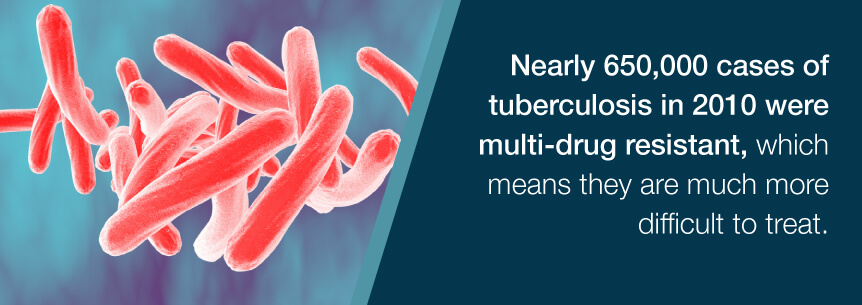
Tuberculosis is an ancient illness plaguing mankind throughout history — and prehistory, according to ScienceDirect. As Thomas M. Daniel explains in his History of Tuberculosis article, Mycobacterium tuberculosis may be responsible for more deaths than any other microbial pathogen in human history.
During the 18th and 19th centuries, tuberculosis saw a sharp rise before declining. During this time, researchers discovered Mycobacterium tuberculosis, and developed a skin test for latent infections. Before the discovery of antibiotics, physicians treated patients with TB in sanatoriums during the late 19th and early 20th centuries. Since then, new treatments abound to treat tuberculosis in people of all ages.
Physicians use a variety of medicines to treat standard strains of tuberculosis. Most patients must take one or more medications for six months after the diagnosis.
As with many medications, it is essential to take the full course, even if patients begin to feel better. Failing to do so could result in the TB infection coming back. When this occurs, the new strain is often resistant to previous medications and can prove more challenging to treat.
Because some strains are more resistant to medications than others, some doctors prefer to prescribe multiple TB medications, including:
Some of these medications can cause liver damage. TB patients should watch for the following symptoms and contact physicians immediately if they experience them:
Drug-resistant and multi-drug-resistant TB are much more difficult to treat, and their medical professionals must oversee and closely monitor treatments in these situations, as these types of TB offer greater threats to patients.
There is no denying tuberculosis poses a significant threat to human life. Patients who have this disease should never take it lightly. If you are experiencing the symptoms of tuberculosis mentioned above or encounter someone who has tuberculosis, it is in your best interest to seek medical attention right away, before it can do too much damage to your lungs and other organs. Early diagnosis is the key to stamping out this disease.